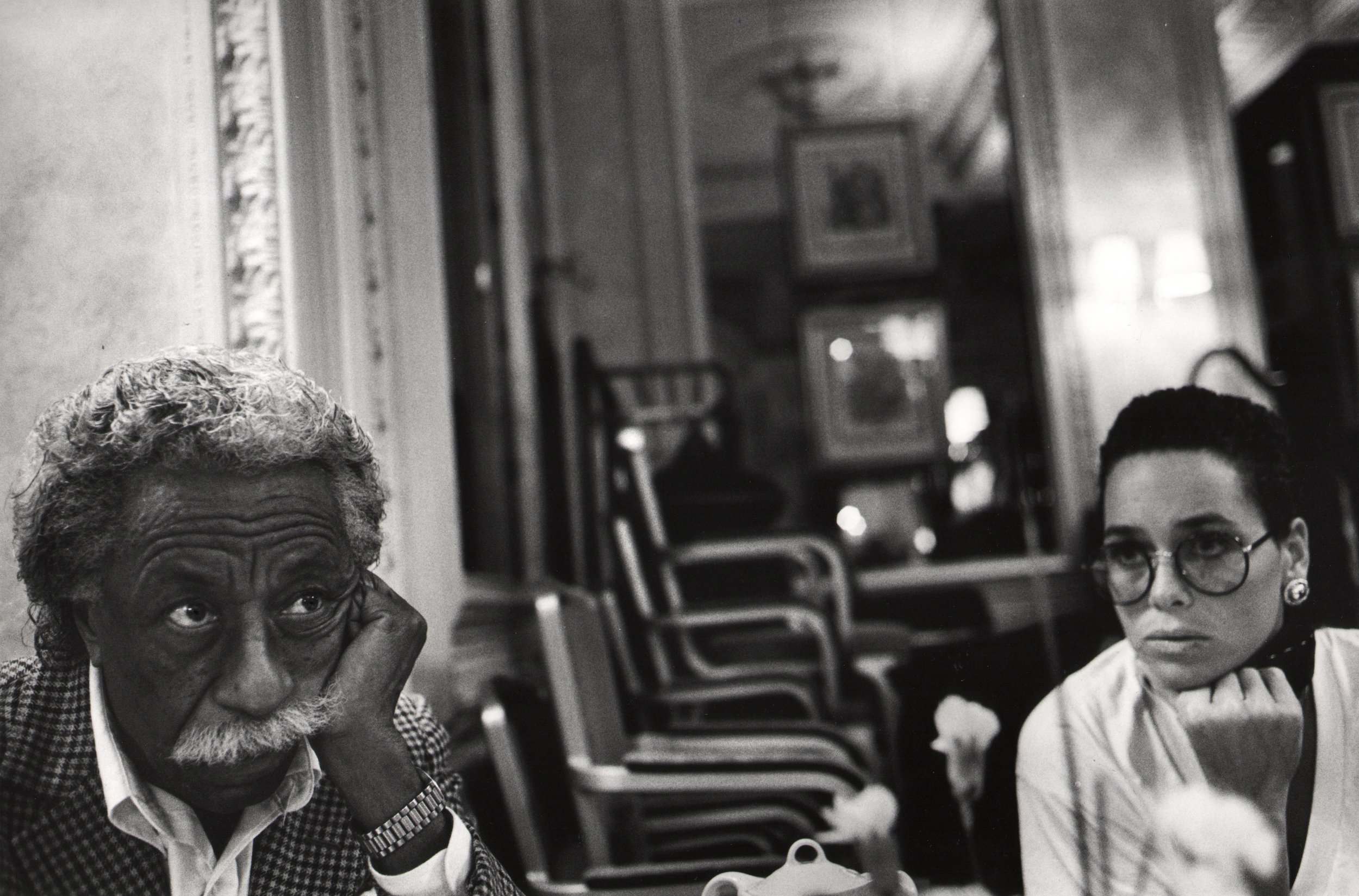Master Class: Photographs by Four African American Photo Journalists | Keith de Lellis Gallery
Eli Reed, Boxing Center in Bed Stuy Brooklyn, 1992
Written by Aundréa Verdi
Photo Edited by Kelly Woodyard
Photography is often a medium for social change and cultural expression. A collection of images distinguished by this truth has been curated at the Keith de Lellis Gallery in “Master Class: Photographs by Four African American Photo Journalists,” on display through March 29th, 2024. This exhibition celebrates the symbiotic relationship between the works of Coreen Simpson, Eli Reed, Ozier Muhammad, and Beuford Smith, whose collective vision illuminates moments in history and culture. Through their lenses, they navigate the complex terrain of humanity, manipulating reality to evoke intimacy, individuality, and a commitment to capturing moments of the African-American experience.
Coreen Simpson, Oprah Winfrey 1989
Coreen Simpson's portfolio exudes a sense of empathy and connection. With an understanding of her subjects, Simpson represents them with insight. One of her works, particularly the portrait titled "Barry," serves as a compelling example of her ability to connect with those she photographs. In this piece, Simpson's attention to detail is evident in every aspect of the composition, from her framing to her strategic choices in lighting. The result is a portrait that presents an intimate perspective of the subject as he stares through the camera and almost to the viewer.
Eli Reed, Photographer Gordon Parks with his daughter, London, England, 1994
Eli Reed's work showcases the resilience and diversity of the human experience. Reed’s photographs masterfully portray individuals from many different backgrounds. His documentation of what happens backstage in “Amateur Night at the Apollo” is especially striking. Amidst the whirlwind of activity and commotion between acts, Reed demonstrates a knack for composition, skillfully crafting an image that shows us a glimpse of African-American culture in New York.
Ozier Muhammad, Church boy, Harlem, June 1994
Ozier Muhammad's esteemed career, punctuated by his Pulitzer Prize-winning achievements, stands as a testament to his ability to capture pivotal moments of the past three decades. With a keen eye for detail and an unwavering commitment to authenticity, Muhammad's earlier works, prominently featured in this exhibition, offer a compelling view into his artistic evolution. "Beware No Dope" encapsulates Muhammad's signature style with remarkable clarity and precision.
Beuford Smith, The Day After MLK was Assassinated, NYC, 1968
Finally, Beuford Smith's photographs in the exhibition are a powerful meditation on the legacy of the civil rights movement. His pictures that were taken in the aftermath of Martin Luther King Jr.'s assassination are haunting in their depiction of grief and loss, serving as a poignant reminder of the struggles and sacrifices endured in the fight for equality.
Ozier Muhammad, Beware no dope, Oak Lawn neighborhood of Chicago, c. 1970
Collectively, these images serve as a visual chronicle of African-American culture, presenting a rich tapestry of personal yet universally resonant stories.
In a world where the voices of marginalized communities are too often silenced or ignored, this exhibition stands as a source of inspiration, reminding us of the power of art to illuminate the human experience and provoke meaningful dialogue.
Eli Reed, Crown Heights riot, Brooklyn, NY 1991













